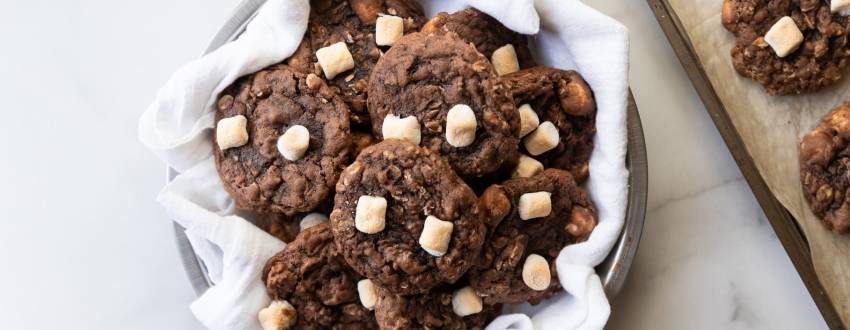By Miriam Alter, RDN.
What does a nutritionist eat on Purim?
Breakfast, Lunch, Snack, Dinner. Simple as that!
I have found that healthy eating, on any day, really just revolves around mealtimes. Eat as a meal. Don’t skip meals. Enjoy each meal. (Though obviously, these guidelines may be easier said than done, if they are not something that you are in the habit of doing.)
Purim is really only one day. So, breathe in and out and focus on the fun of Purim, as opposed to the food.
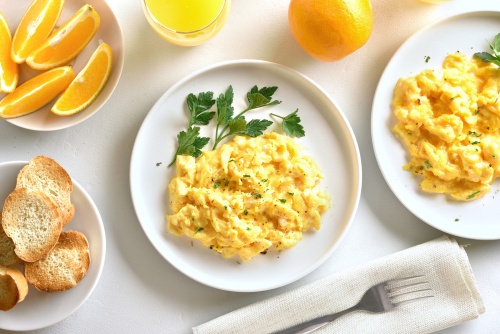
BREAKFAST:
We sort of have a family minhag (custom) in our home to eat eggs and toast with cut-up veggies for breakfast on Purim morning. I personally find that Purim morning right after megillah is the calmest part of what ends up being a truly hectic day.
Meal one down! Three more to go!
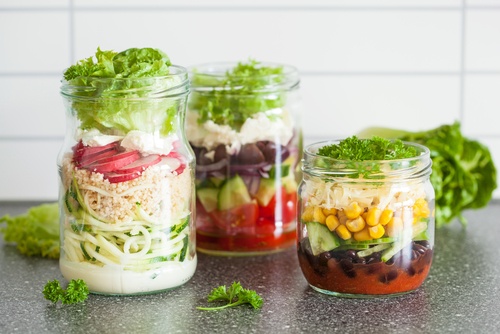
LUNCH:
I usually meal prep a meal-in-one salad for myself before Purim, so that when I am super hungry and super busy, I have something to grab besides for all the muffins that have come rolling in. I also need to feed my family; I find that my kids are truly happy to have proper food offered to them at lunch time. At that point, they have eaten so much junk that good food sounds, well, good! Same goes for most adults. Planning for and making available a real meal is a good move. What the food is doesn’t matter as much as the fact that you know what it is. Does that make sense?
And now for a real secret – shhhh, don’t tell…
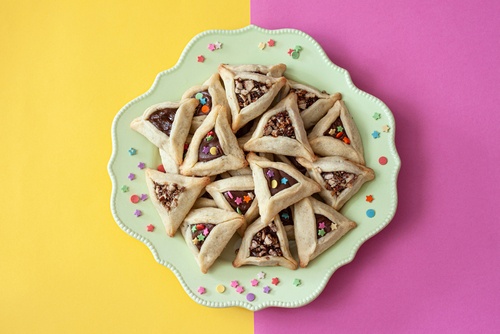
SNACK:
For one meal on Purim, I am happy to enjoy a treat that was prepared for me by someone else. And I just enjoy it! No guilt, no shame, and no overeating either… just plain enjoy it! Though that’s an article for another time, I suppose…
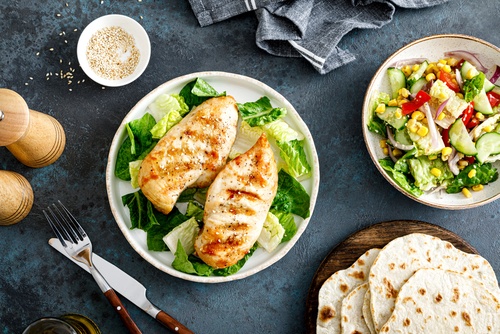
DINNER (Purim Seudah):
My Purim Seudah is really the dinner meal of my day.
Tip #1: Offer to bring the salad to your seudah.
Tip #2: Look over all your options before piling up your plate.
A balanced meal generally should contain one carb source, one protein source, and some veggies. Most meals will contain fat in the form of cooking oil, salad dressing, or natural fats. The trick at a festive meal is to choose which carb and which protein.
You’re probably going to come across classic Seudah foods like puff pastry appetizers, two or three side dishes, a fish, chicken, and meat course, not to mention alcoholic beverages. Looking over your options before starting to eat gives you the ability to CHOOSE!! I like to decide what I’m eating, put it all on my plate, and then sit down to enjoy.
So, those are my meals! With a bit of pre-planning, you can truly enjoy Purim day and finish it feeling as energized as when you began.
I would love to hear how your Purim meals work for you!




